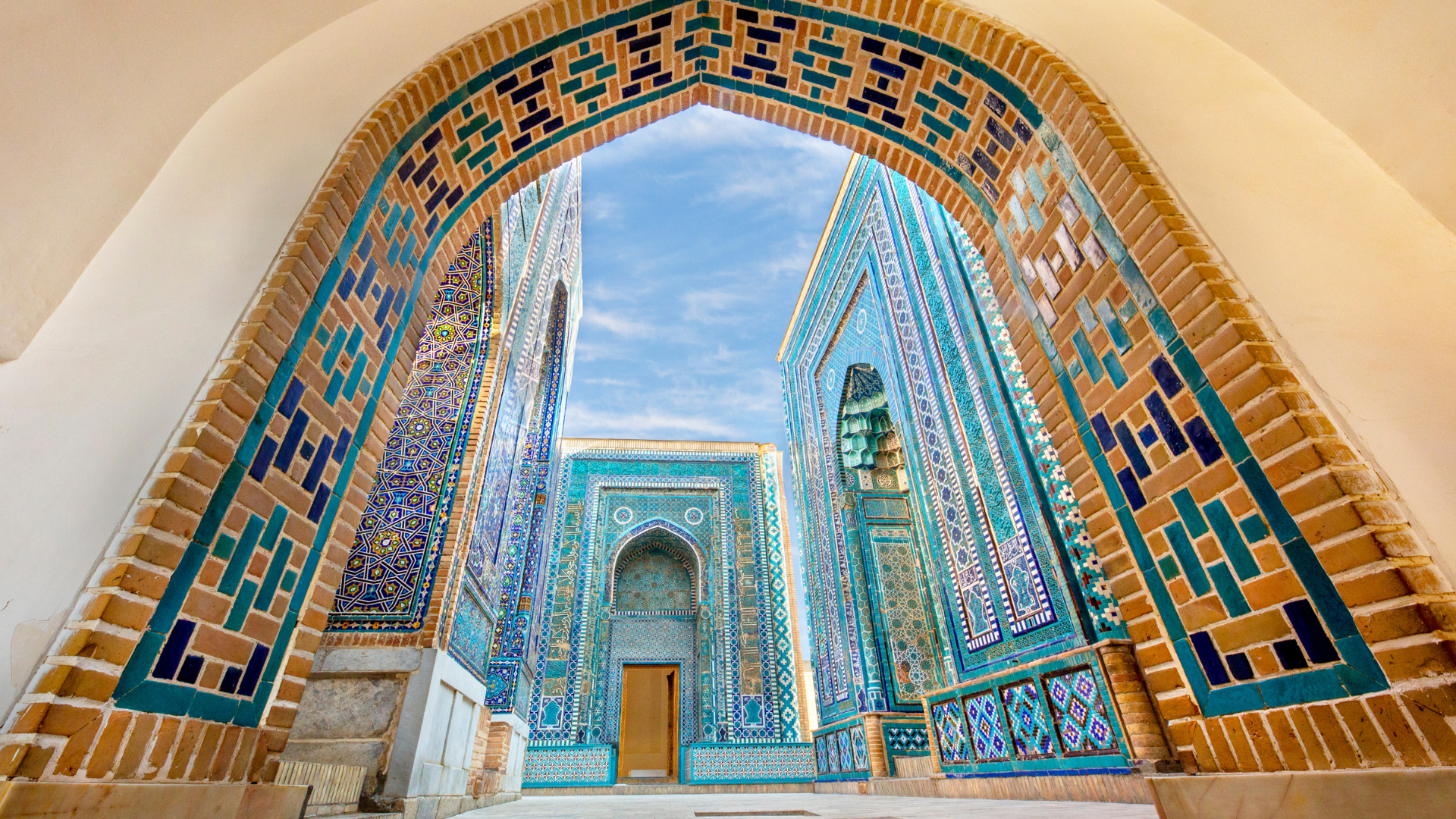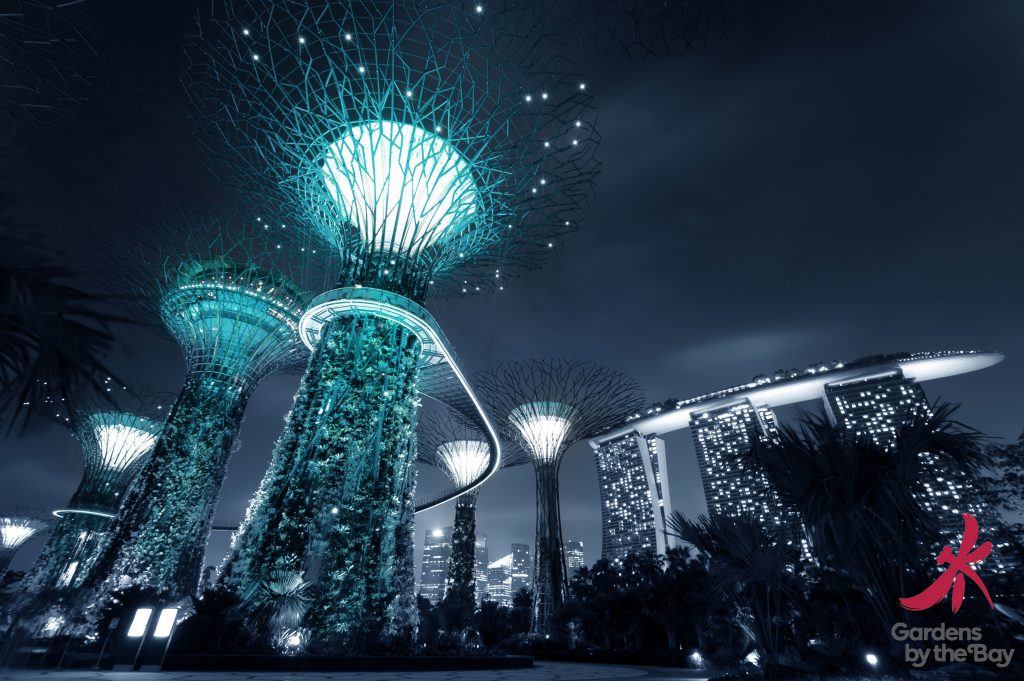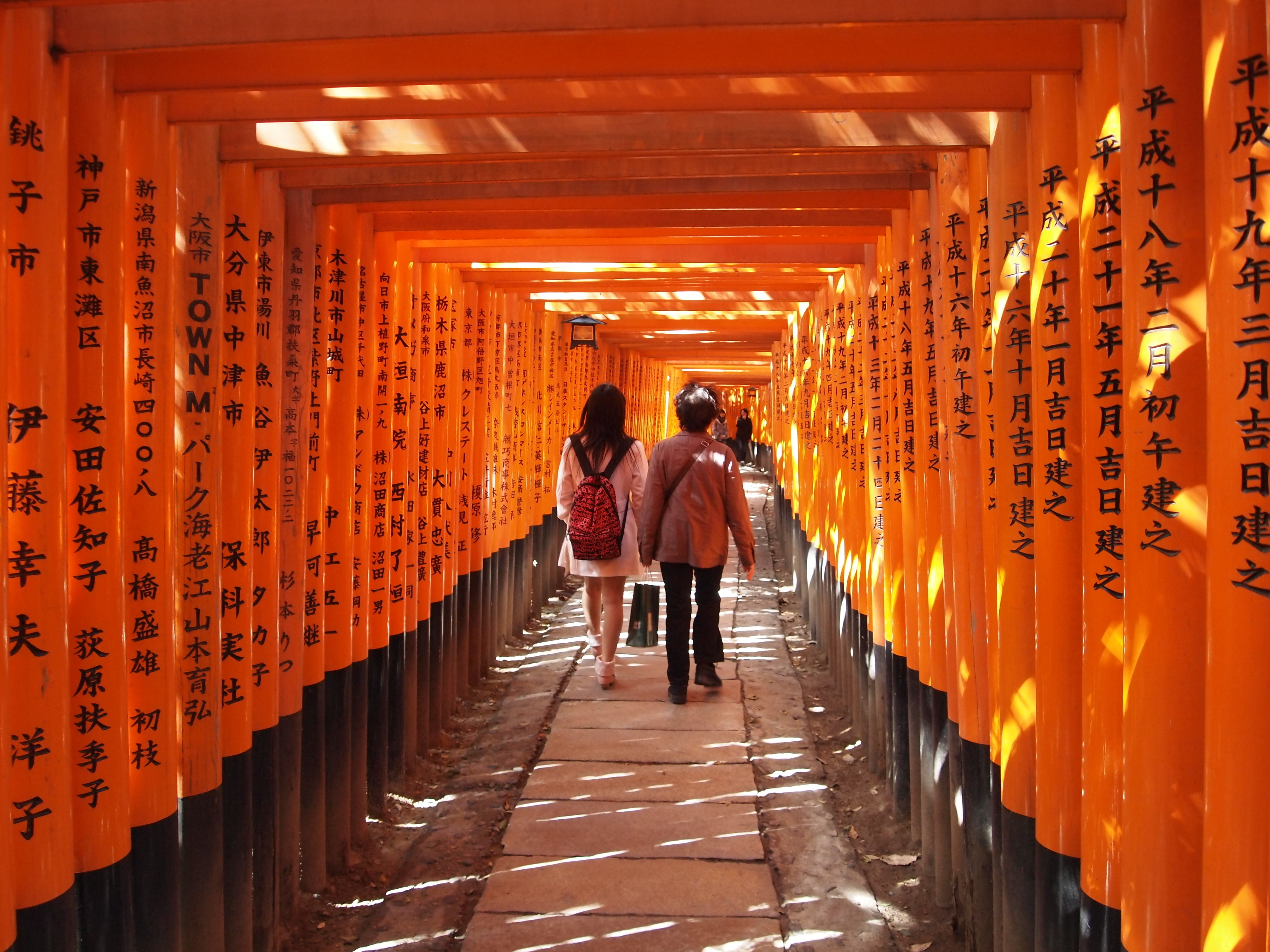History, Culture & Wonder: What it's Really Like to Travel to Uzbekistan

Meet Our Guest Contributor
Carrie Hutchinson is a writer and editor who’s worked on a variety of the world’s best-known mastheads. Now based outside of Melbourne, she spends a couple of months each year on the road discovering interesting corners of the globe and swimming in the ocean.
If you’re keen to add the ’Stans to your travel bucket list, check out the wonders of Uzbekistan, where thousands of years of Silk Road history result in a country of ancient beauty and legendary tales
Driving into Khiva, it appears to be just like any other large desert town. Then you arrive at the gates of Itchan Kala, the ancient city inside medieval walls. For anyone fascinated by Horrible Histories, this old town, like much of Uzbekistan, serves up its fair share of terrible tales.
By the eighth century Khiva was a stop on a side branch of the famous Silk Road, but the capital of its region, Khorezm, was Urgench to the northeast. In the late 1500s, the city finally became the capital, run for centuries by khans who traded in slaves, often people who had the misfortune of living nearby or travelling past.
One such ruler, Muhammad Amin Khan, decided to build a minaret so mighty it would be seen in the city of Bukhara, almost 500 kilometres away. Today, the Kalta Minor Minaret is a squat, turquoise-tiled construction nowhere near the impressive 75 metres high the khan had requested.
“The architect did a deal with the head of Bukhara to build an even taller minaret,” our guide Ildar Yunusov tell us as we peer at it on a walking tour. “The Khan of Khiva found out, invited the architect to dinner then tortured and killed him.”

That wasn’t the reason the tower was never finished. The khan dropped dead in 1855, and no one completed his dream minaret. It was less than 20 years later when the Russians attacked the city, and it became part of the Uzbek Soviet Socialist Republic.
Khiva: History at every turn
The story of Uzbekistan is one of conquest. As part of Central Asia, the Silk Road ran through it as early as the first century BC, connecting China with the Middle East and imperial Rome.
Since then, it has been ruled by the Persians and was briefly conquered by Alexander the Great. The Hindu kings took their place until they were defeated by the Arabs, who converted the region’s inhabitants to Islam. By the tenth century Bukhara, in what is now central Uzbekistan, was an important centre of Islamic culture.

But then came the marauding Genghis Khan followed by the Mongol-Turkic ruler Timur (also known as Tamerlane), who was an incredible military leader, expanding his empire from Delhi to Ankara, and either murdering or enslaving anyone in his path. To his people, though, he was a hero, an intellectual and patron of the arts. Eventually, along with the rest of Central Asia, the region became part of the Russian empire, with independence finally coming to the Republic of Uzbekistan in 1991.
While the various empires and dynasties make for a convoluted timeline, they’ve left behind exquisite treasures, including entire cities just like Khiva’s old town.

Some say Itchan Kala is almost too well preserved, as if it is an outdoor museum. But wander its labyrinth of narrow streets, lined with buildings created from sand-coloured bricks and opening to squares filled with traders and artists, and it’s as if you’ve stepped into another time. Then there are the three Ms: mosques, mausoleums and medressas, each decorated with handmade blue tiles.
One of the most atmospheric buildings in the city is the Juma Mosque, its roof held up by 218 wooden pillars, some from the original building more than a thousand years old. It is lit only by the sunlight coming through openings in the ceilings.

It’s just around the corner from the Pahlavon Mahmud Mausoleum, with its exemplary tilework and the tombs of several khans. It’s also the final resting place of Pahlavon Mahmud, a fourteenth-century poet, philosopher and wrestler who became Khiva’s patron saint. “He only ever lost one wrestling match,” says Ildar. “And that was because he was told his opponent would be put to death if defeated.”
Today, Khiva’s craftspeople and artists still create their wares traditionally. Women make flatbread in tandoors in the square near Kuhna Ark, where the rulers of Khiva lived from the twelfth century, while an artist sits in the shade of a restaurant re-creating the scene before her in pastels.
In a shaded courtyard, women sit on a cushioned platform creating traditional suzani embroidery, while in the surrounding rooms others weave carpets. A few doors away, a studio displays beautifully hand-carved wooden boxes, boards and book holders.

Bukhara: Uzbekistan’s Silk Road stunner
If Khiva’s old town is a delightful oasis in the desert, Central Uzbekistan’s larger Silk Road city, Bukhara, offers the chance to explore the history and culture of the country even further.
Bukhara’s history spans thousands of years and this holy city has an old town that is both expansive and incredibly beautiful. Destroyed by Genghis Khan in 1220 it became closer to what we see today in the 1600s, when it was home to caravanserais and covered bazaars, more than a hundred medressas and about 300 mosques.
It’s easy to get distracted by the women selling colourful camel wool scarves, embroidery and any number of pretty souvenirs, but take the time to look up into the domes of the bazaars and imagine a time when they would have been the specialised domain of cap makers, jewellers or money changers.
A trip out of the old town to Sitorai Mohi Hosa, the summer palace of the last emir, Alim Khan, reveals a mix of Russian architecture and more traditional Central Asian design. One of its buildings sits by a pond.

“Legend has it the emir would sit on the balcony and watch his naked concubines swimming in the pond,” Ildar tells us as we sip coffee in the shady garden where peacocks roam. “He would throw an apple to the one he wanted and if she caught it, she would join him.”
Back in the old town, the Kalon Minaret acts as a landmark, one that survived the Mongol invasion. “Bukhara didn’t even resist Genghis Khan,” says Ildar. “They opened the gates and let him in.
“It’s said he dropped his hat and bent down to pick up. He realised he’d bowed before the minaret, so he decided to leave it. Then he went and slaughtered everyone in the mosque.”

The Kalon Mosque you see today was built in the sixteenth century and is big enough to hold 10,000 people for Friday prayers. Opposite it is the Mir-i-Arab Medressa, with its blue domes that seem to glow as the sun goes down. After dark, crowds gather here to walk around the square and stare at the timeless beauty of the square.
Other places to visit in Uzbekistan
Samarkand is one of the best-known Silk Road cities and, today, is famous for Registan Square, the mausoleum of Timur, and Shah-i-Zinda, where there’s a string of mausoleums, with some of the most exquisite tilework you’ll ever see. There is so much to see in Samarkand, spread out over the entire city, you need a guide and several days to ensure you don’t miss anything.

The capital of Uzbekistan and the city where most visitors arrive is Tashkent. Its charms aren’t as obvious as those of the country’s smaller cities. Much of it is modern after vast swathes of the city were levelled during the 1966 earthquake, but an old town remains near the Chorsu Bazaar. It’s worth taking the Metro between sights to appreciate the lavishly decorated stations.
For the adventurous, the town of Nukus, in the theoretically autonomous republic of Karakalpakstan, is worth visiting for the Savitsky Museum, with its incredible collection of Soviet-era avant-garde art, as well as antiquities and Karakalpak folk art. The art would have been destroyed if discovered, but collector Igor Savitsky hid about 10,000 paintings, prints and sculptures in the desert. It’s proof that there’s always something to see, even in the middle of nowhere.
FAQs
When is the best time to visit Uzbekistan?
This landlocked country has extremely hot summers and cold winters, so plan your trip for either spring of autumn.
Is Uzbekistan safe for travellers?
Absolutely. In crowded areas, be aware of pickpockets, but aggravated crime against tourists is almost non-existent.
Do I need a visa to visit Uzbekistan?
Visitors from many countries, including Australia, New Zealand and the UK, are able to visit for up to 30 days visa-free.





